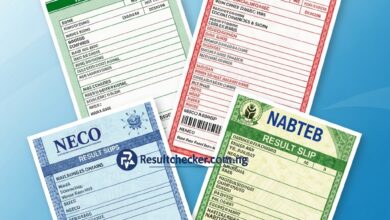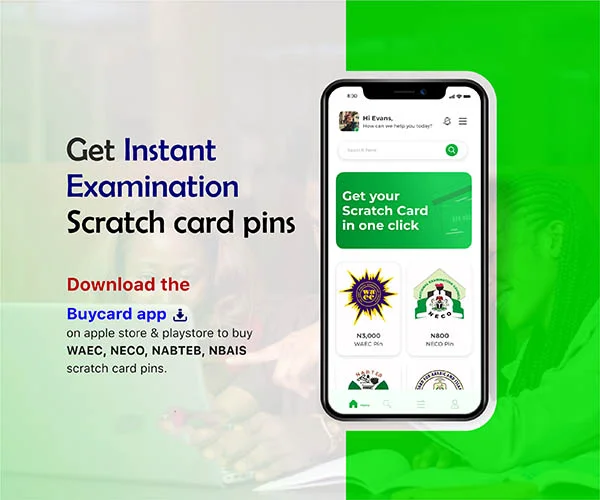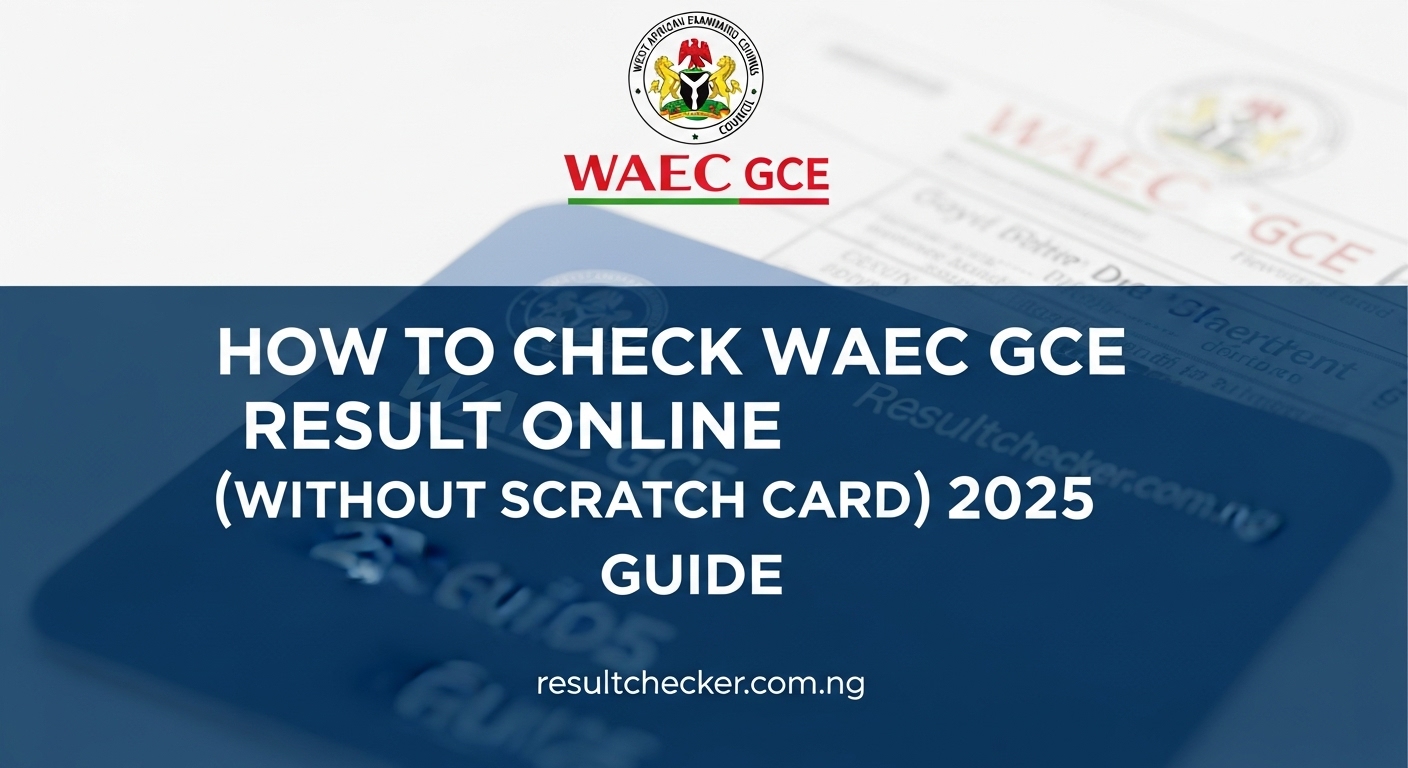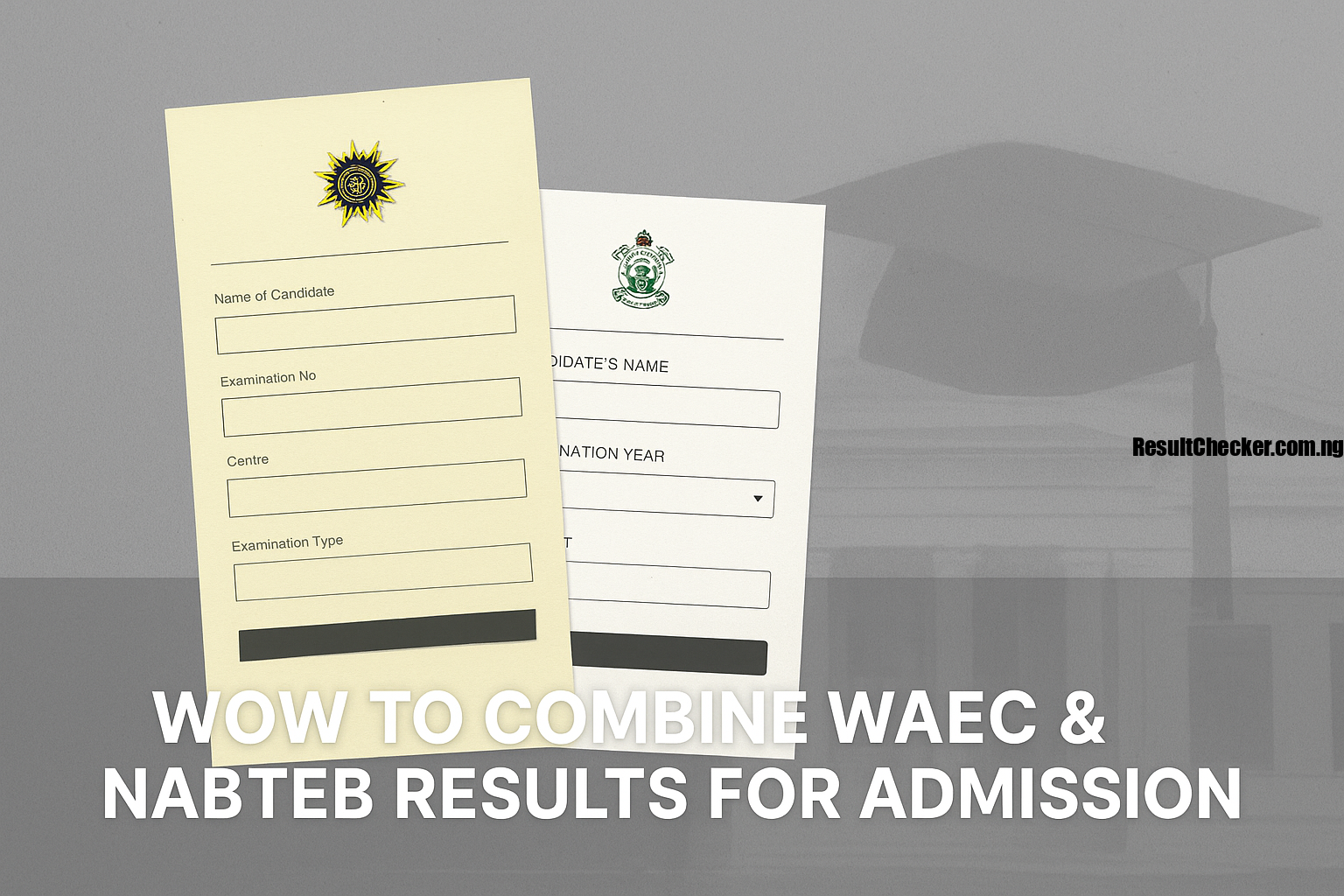
One of the most common concerns among admission seekers in Nigeria is how to meet the five-credit O’level requirement needed to gain entry into universities, polytechnics, and colleges of education. Not every candidate passes all required subjects in a single sitting, and this can make or break their admission chances.
Thankfully, Nigerian institutions and examination bodies WAEC (West African Examinations Council), NECO (National Examinations Council), and NABTEB (National Business and Technical Examinations Board) allow candidates to use results from two sittings to meet these requirements.
This is called result combination. While this process sounds simple, it’s much more than putting two slips together. The type of results you combine, how you upload them, and the policy of the institution you’re applying to all play a major role in whether or not you will be admitted.
A poor understanding of the process has cost many candidates their admissions in previous years.
Sample of O’level Result Slips
Below are what typical result slips look like for each examination body. These slips contain your full name, examination number, centre number, subjects, and grades. These are the official documents you’ll combine for admission purposes.
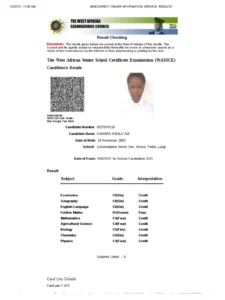
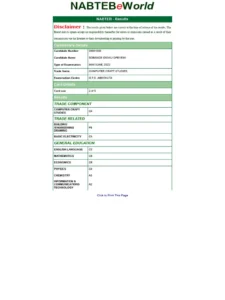

What is Result Combination?
Result combination simply means using results from two different sittings (e.g., WAEC + NECO) to make up the five credits required for admission. For example, if you failed Mathematics in WAEC but passed it in NECO, and passed the remaining subjects in WAEC, you can combine both to meet the requirement.
Accepted combinations may vary between institutions, but the most common ones are:
- WAEC + NECO
- WAEC + NABTEB
- NECO + NABTEB
- NECO + NECO (two different sittings)
- WAEC + WAEC (May/June & GCE)
Note: Some schools may accept certain combinations for all courses, while others may restrict them for specific programs like Medicine, Law, or Engineering.
Why You Must Understand Result Combination
Combining results can be the key to gaining admission or the reason for losing it. It affects your eligibility, verification, documentation, scholarship opportunities, and sometimes even your future academic or professional prospects. Here’s why proper knowledge is critical:
1. Admission Eligibility & Course Requirements
Every course in Nigeria requires a minimum of five credits including English Language and Mathematics. Some professional or competitive courses prefer single-sitting results. If you don’t know your school’s policy, you may apply to a course you’re not actually eligible for.
2. JAMB CAPS & Timing
JAMB expects all O’level results to be uploaded correctly on CAPS. If you combine after the upload deadline, your result may not reflect, and you may miss admission. Uploading early ensures your results are visible to the school’s admission board.
3. Verification & Authenticity
All institutions verify results. If there’s a mismatch in your name, exam number, or year, verification will fail. NABTEB results, while valid, are sometimes accepted under stricter conditions. Not understanding these rules can lead to disqualification.
4. Scholarship and Professional Implications
Many scholarship programs both local and international favor single-sitting candidates. Also, some professional bodies (especially in medicine, engineering, and law) require certain O’level structures. A wrong combination might affect future licensing or study abroad opportunities.
5. Legal & Disciplinary Consequences
Uploading forged or inconsistent documents is a serious offense. It can result in loss of admission, blacklisting, or even legal prosecution. Even minor errors like name mismatch can cause delays or outright rejection.
Common Policies on WAEC, NECO & NABTEB Combination in Nigeria
While most institutions accept result combination, their policies vary. Some important trends include:
- Most universities accept WAEC + NECO combinations for almost all courses.
- Some top schools (especially federal universities) prefer single-sitting for Medicine, Law, and Engineering.
- NABTEB is accepted mostly for technical and vocational courses; some universities don’t accept NABTEB combinations for Medicine or Law.
- Private universities often have more flexible result combination policies than public universities.
Tip: Always confirm with the institution’s admission office or official brochure before applying.
Step-by-Step Guide on How to Combine WAEC, NECO & NABTEB Results
- Step 1: Confirm Your School’s PolicyBefore anything else, verify whether your desired institution accepts your intended combination for the course you’re applying to.
- Step 2: Gather Your Original Result SlipsGet your original or verified copies of both results. Check that your full name, exam number, and date of birth match on both slips.
- Step 3: Cross-check Subject RequirementsEnsure your combination covers English Language, Mathematics, and any other required subjects for your chosen course. For example, Medicine requires Physics, Chemistry, and Biology.
- Step 4: Purchase ePIN or TokenYou may need to buy WAEC, NECO, or NABTEB result tokens to verify and upload them to JAMB CAPS or school portals.
- Step 5: Upload Both Results at an Accredited CBT CentreVisit a JAMB-accredited CBT centre to upload your results properly. Confirm immediately on your CAPS profile to avoid mistakes.
- Step 6: Complete Post-UTME or Screening RegistrationIndicate both sittings accurately during Post-UTME registration. Follow the school’s exact instructions on how to enter examination numbers and years.
- Step 7: Keep All DocumentationKeep receipts, original slips, token purchase confirmation, and upload printouts safe for screening or verification.
Implications of Wrong or Late Combination
- Admission rejection even after scoring high in UTME.
- Failed verification due to mismatch of data.
- Admission delay caused by incomplete documentation.
- Loss of scholarship opportunities due to two sittings.
- Legal or disciplinary actions for fake or doctored results.
Pro Tips to Avoid Mistakes During Result Combination
- Combine results early, don’t wait until Post-UTME screening day.
- Confirm your institution’s specific policy on result combination.
- Double-check personal details across all documents.
- Keep ePIN receipts, upload confirmation, and original slips safe.
- Never use unverified or forged result slips — it can ruin your future.

